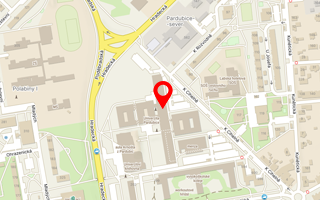Publikace detail
Analysis of gadolinium in algae and waste hospital water
Autoři:
Krejčová Anna | Návesník Jakub | Zelenková Jana | Černohorský Tomáš | Pouzar Miloslav
Rok: 2013
Druh publikace: článek v odborném periodiku
Název zdroje: Annales de Biologie Clinique
Název nakladatele: JOHN LIBBEY EUROTEXT LTD
Místo vydání: Montrouge
Strana od-do: 185-185
